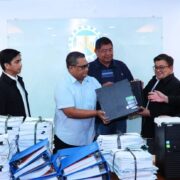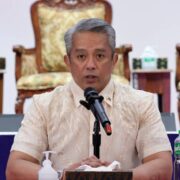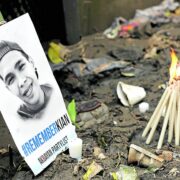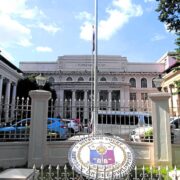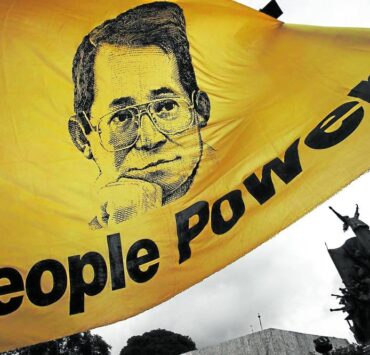Fortun: DNA retrieval from remains found in Taal Lake still possible

The country’s top forensic pathologist said on Wednesday that a forensic examination of the skeletal remains retrieved by authorities from Taal Lake was still possible even as the Philippine National Police earlier said the task would be difficult.
Speaking to reporters on Wednesday, Dr. Raquel Fortun, the chair of the University of the Philippines Manila (UPM) pathology department, also welcomed the plan of the Department of Justice (DOJ) to turn over the remains to her team. The bones were retrieved by divers from the lake after a whistleblower claimed that these belonged to some of the missing “sabungeros” (cockfight enthusiasts) who were kidnapped and killed.
“You don’t just give up or dismiss it like that. I don’t know when they (PNP) said it was no longer possible—so is that a limitation of their laboratory? Then we can try other laboratories. As for the procedure, [we can do] mitochondrial DNA, which would still be useful even if the remains are already degraded,” Fortun said.
She explained that the procedure should begin with a physical examination and proper documentation of the retrieved items.
While DNA testing is one way to establish identity, Fortun said they could also determine sex through skeletal features such as the skull or pelvis, and examine dental records if teeth are present.
Incorrect handling
Fortun earlier criticized the way authorities handled the retrieval operations in Taal Lake, Batangas, that began late July, when sacks of bones were opened and their contents scattered.
“What should be done is just take the sack, number it as Sack No. 1, and mark where it was recovered. Personally, I would have brought it to the laboratory without opening it and just x-ray what’s inside. A basic question, for instance, is whether it is human or not, you can already see that on x-ray,” she said.
Earlier this month, DOJ spokesperson Mico Clavano said they sought the assistance of the UP forensic pathology and anthropology departments, as well as the Japanese government, in examining the remains as part of the government’s ongoing investigation into the missing sabungeros case.
This was after the PNP admitted it could not extract DNA profiles from the bones due to contamination.
Clavano said Justice Secretary Jesus Crispin Remulla believed DNA samples could still be retrieved, particularly from the recovered teeth and hair strands, prompting the DOJ to turn to Fortun and the Japanese government.
The government launched search and retrieval operations in Taal Lake based on a tip from whistleblower and accused Julie “Dondon” Patidongan.
Patidongan, who also faces kidnapping charges, alleged that the missing sabungeros were abducted, strangled to death and dumped in the lake by a group of police officers allegedly acting on the orders of gambling tycoon Charlie “Atong” Ang.
On Wednesday, Patidongan and his coaccused in the disappearance of the cockfighting enthusiasts at the Manila Arena in 2022 appeared before the Manila Regional Trial Court Branch 185 for the continuation of their trial.
The hearing lasted less than half an hour, with court staffers saying that it was merely an entry of appearance for one of the counsels. The next hearing is set for Sept. 23.


